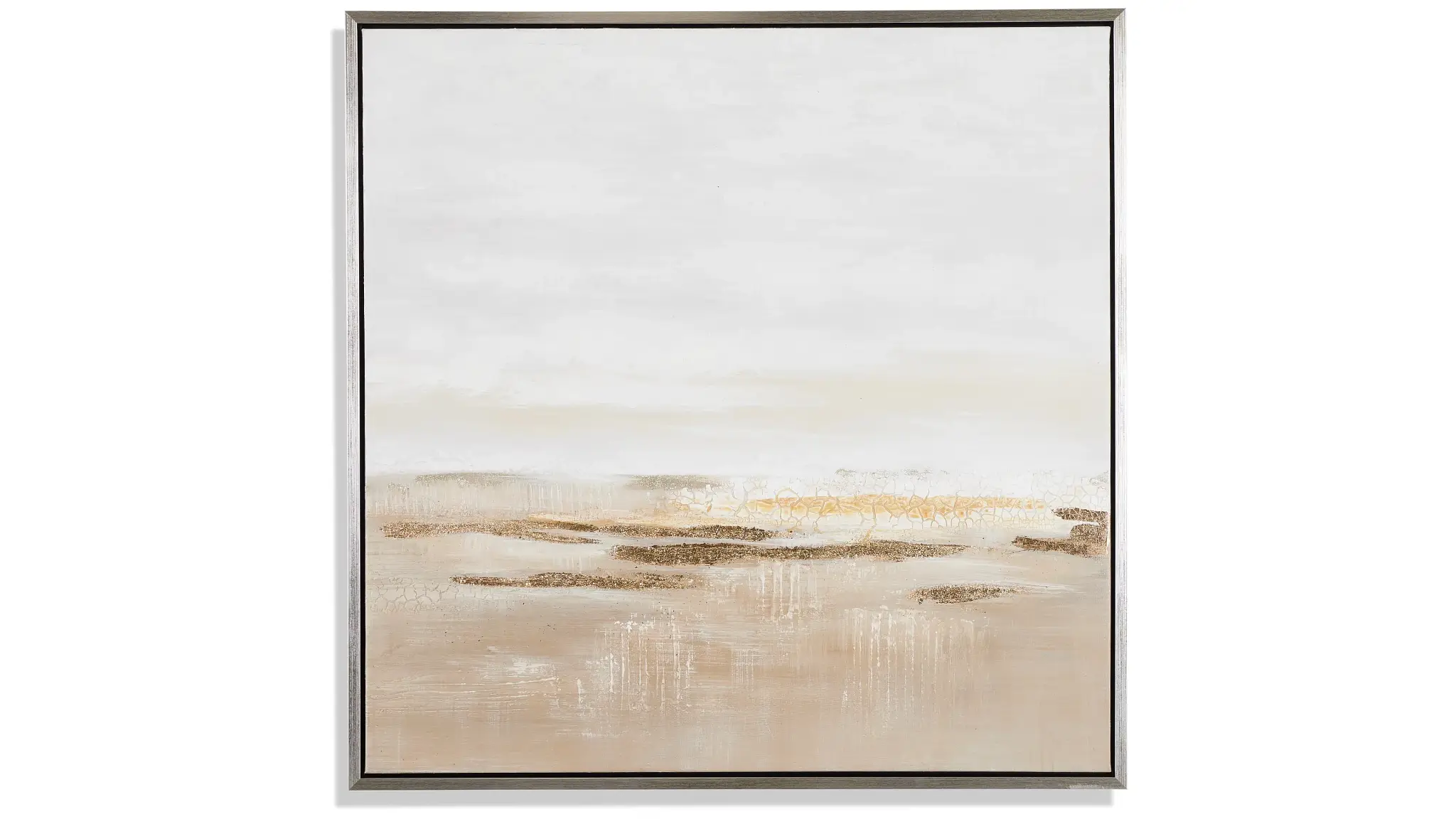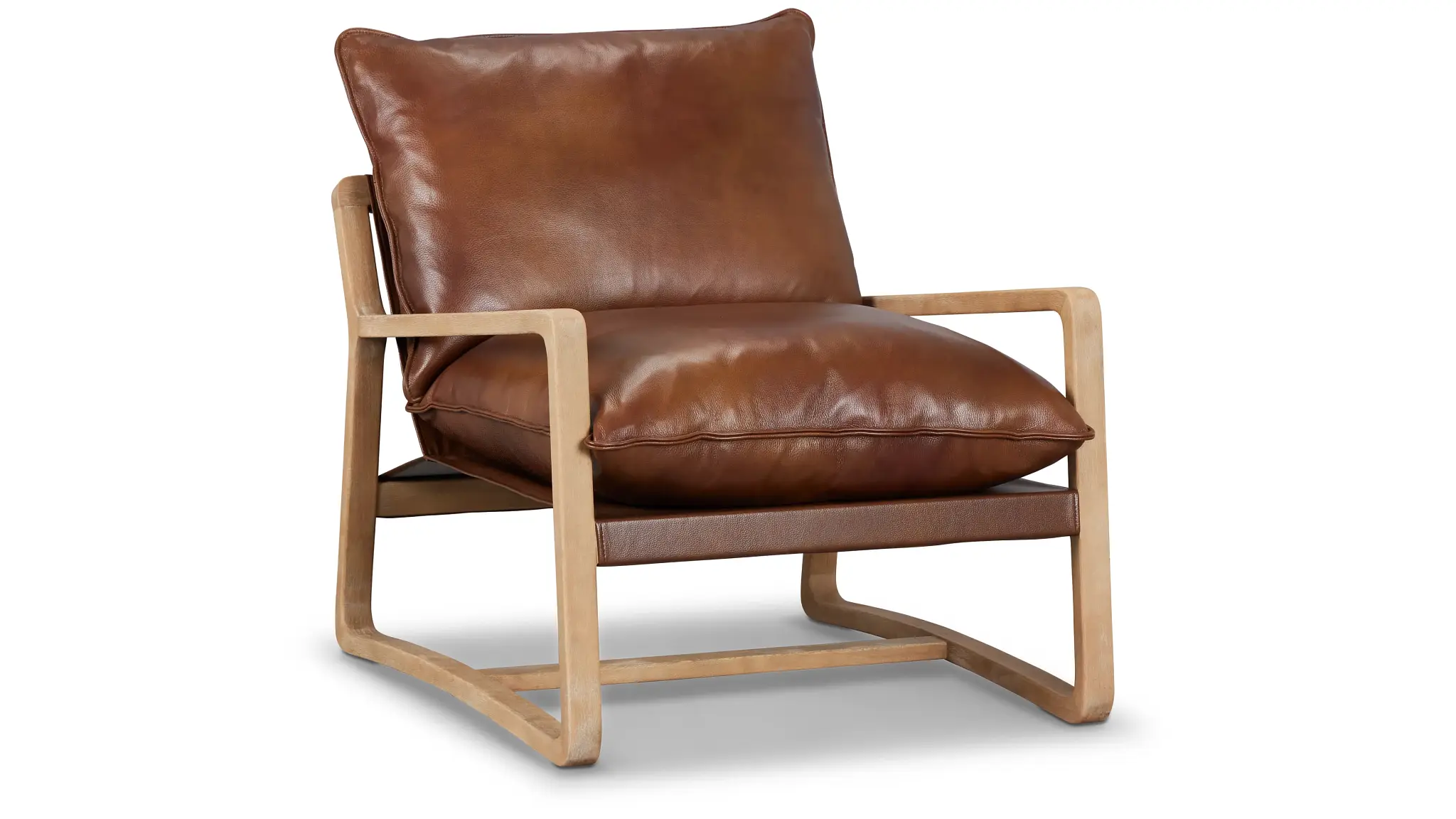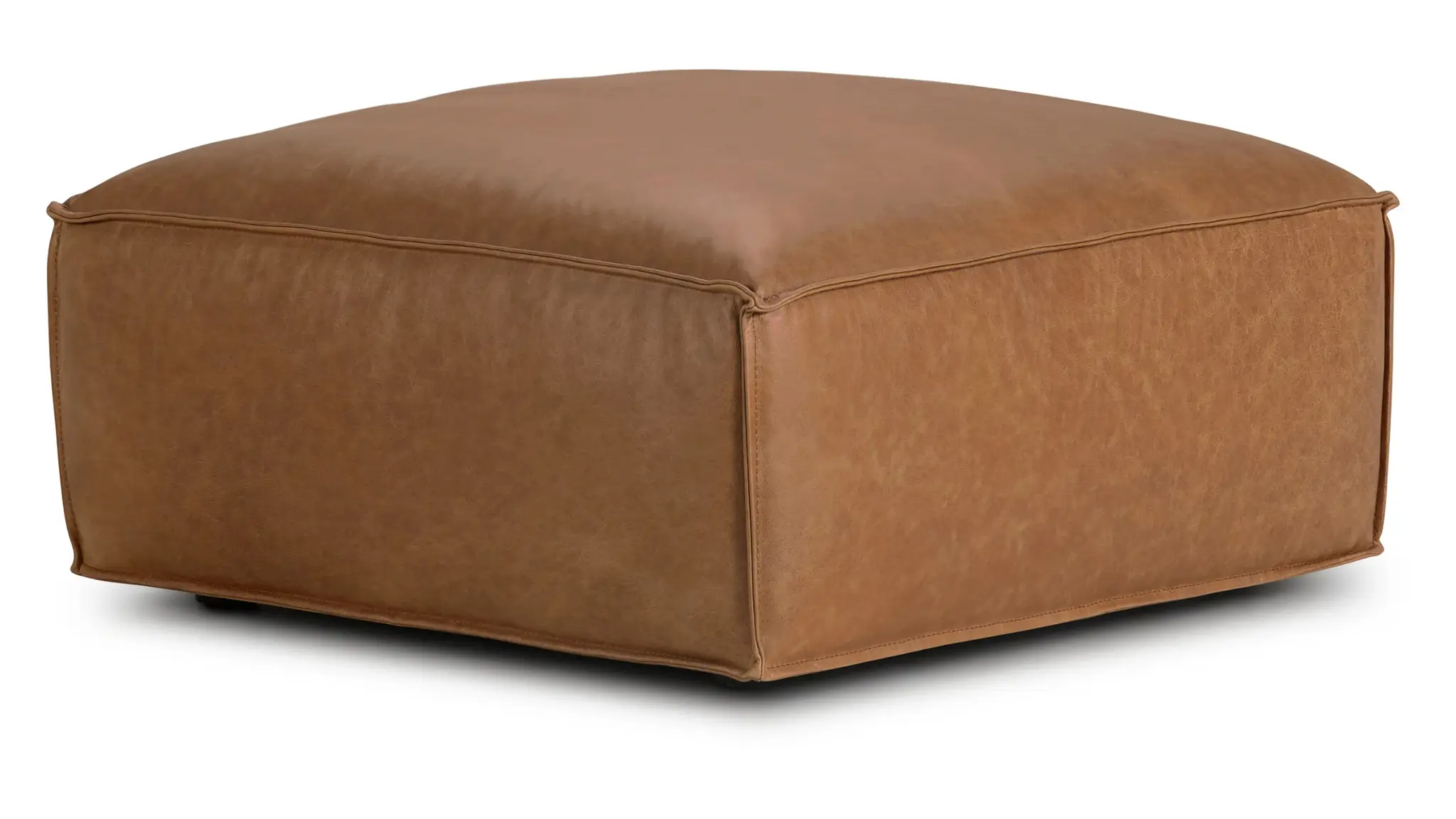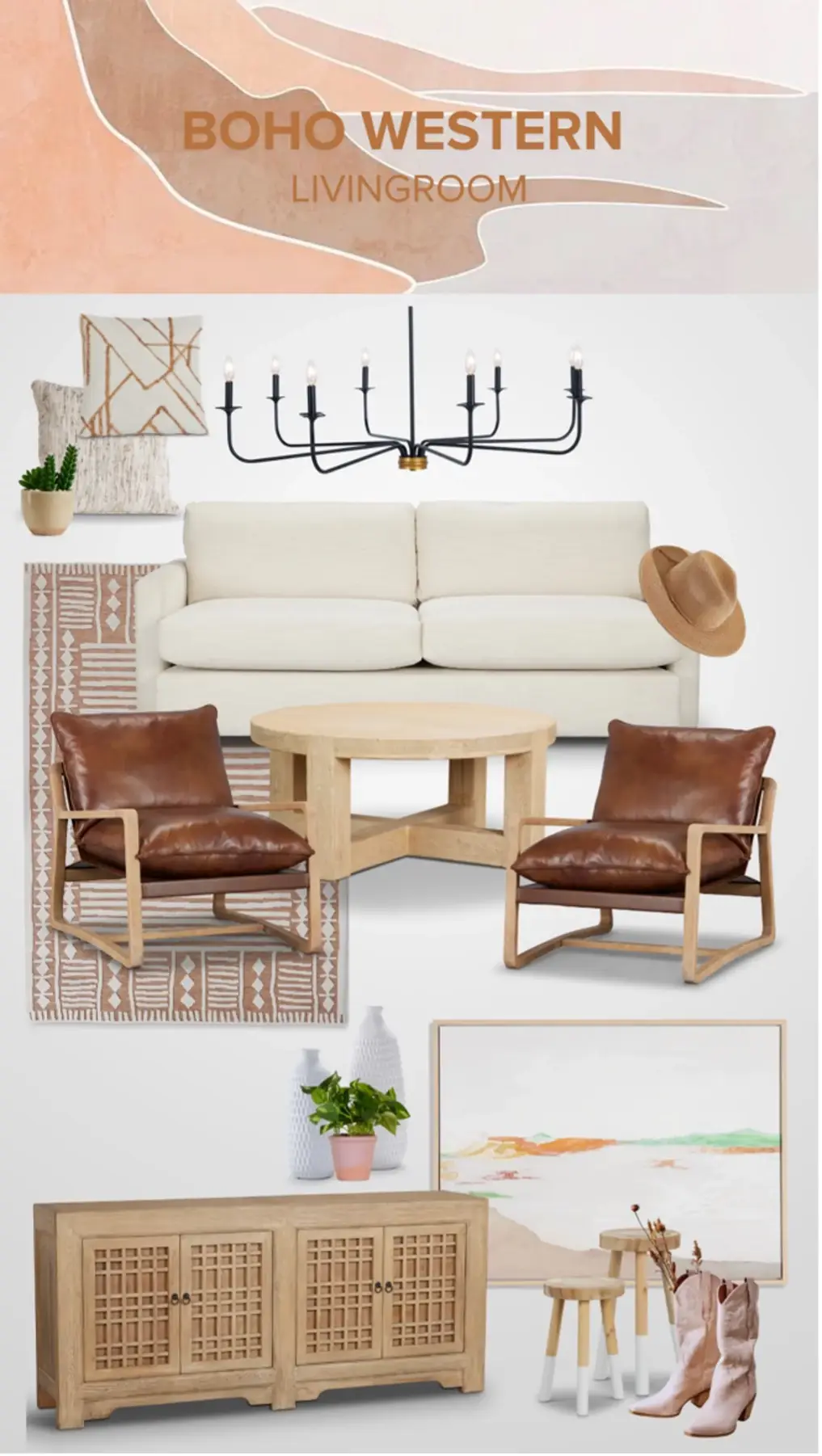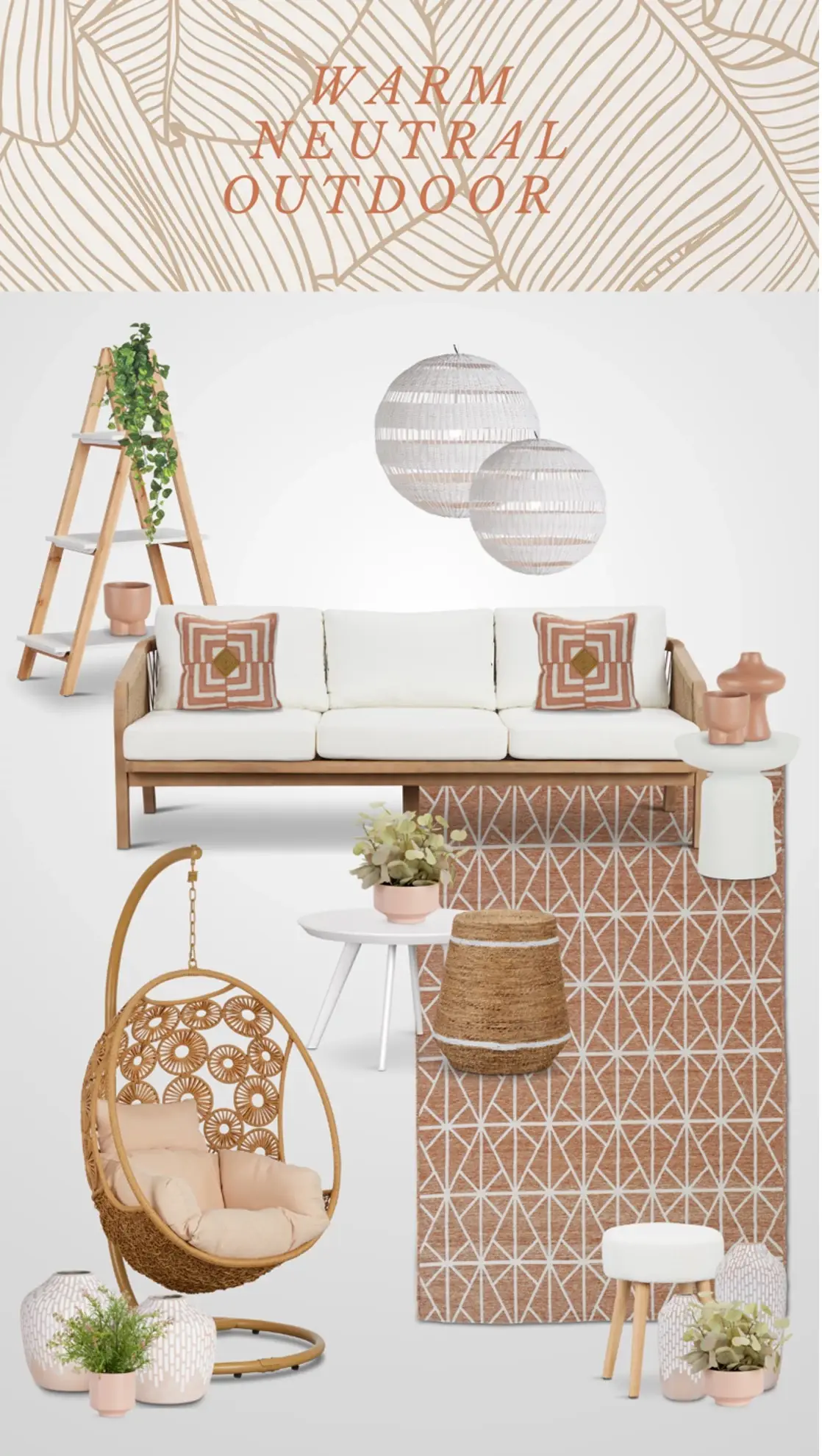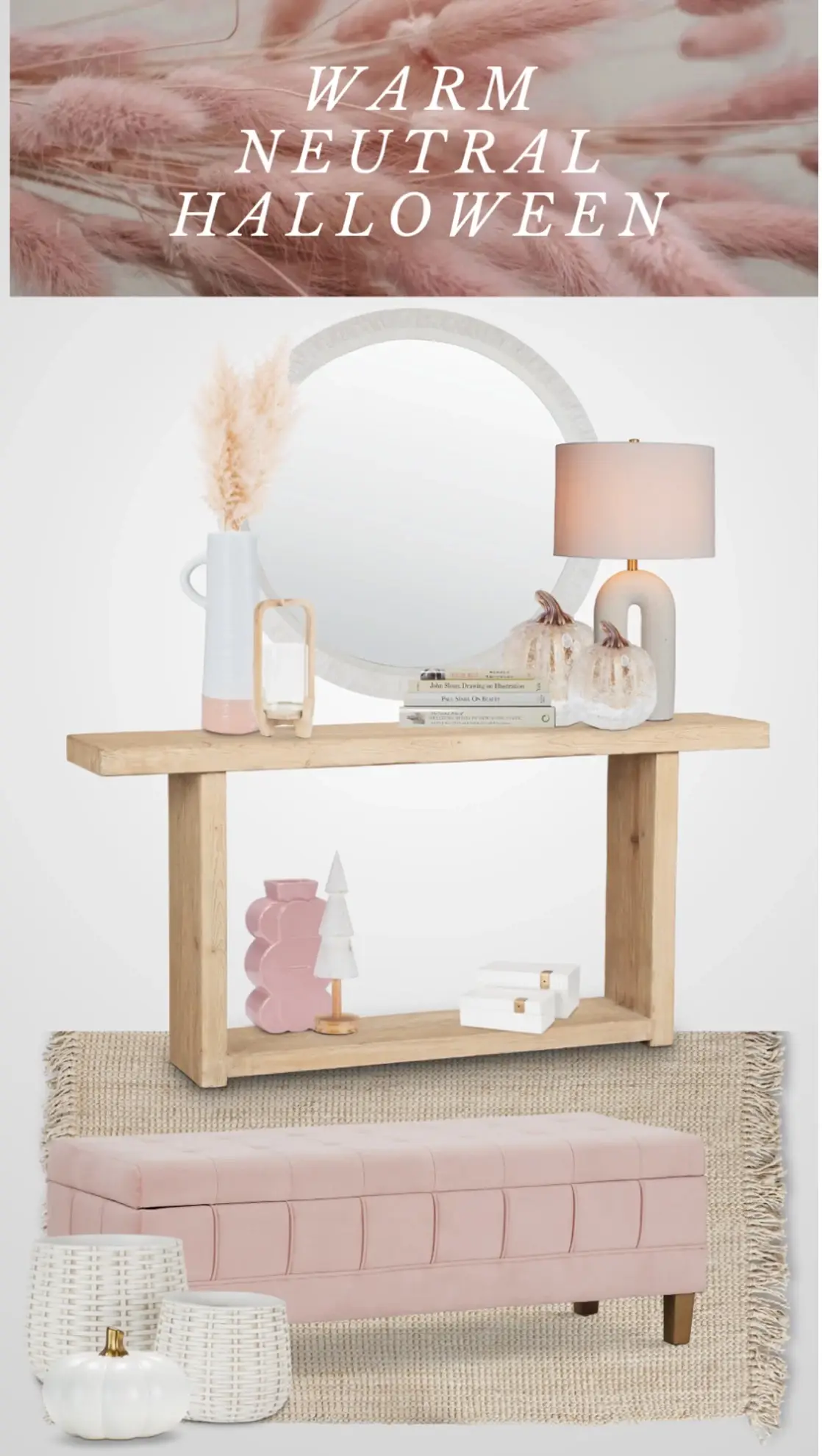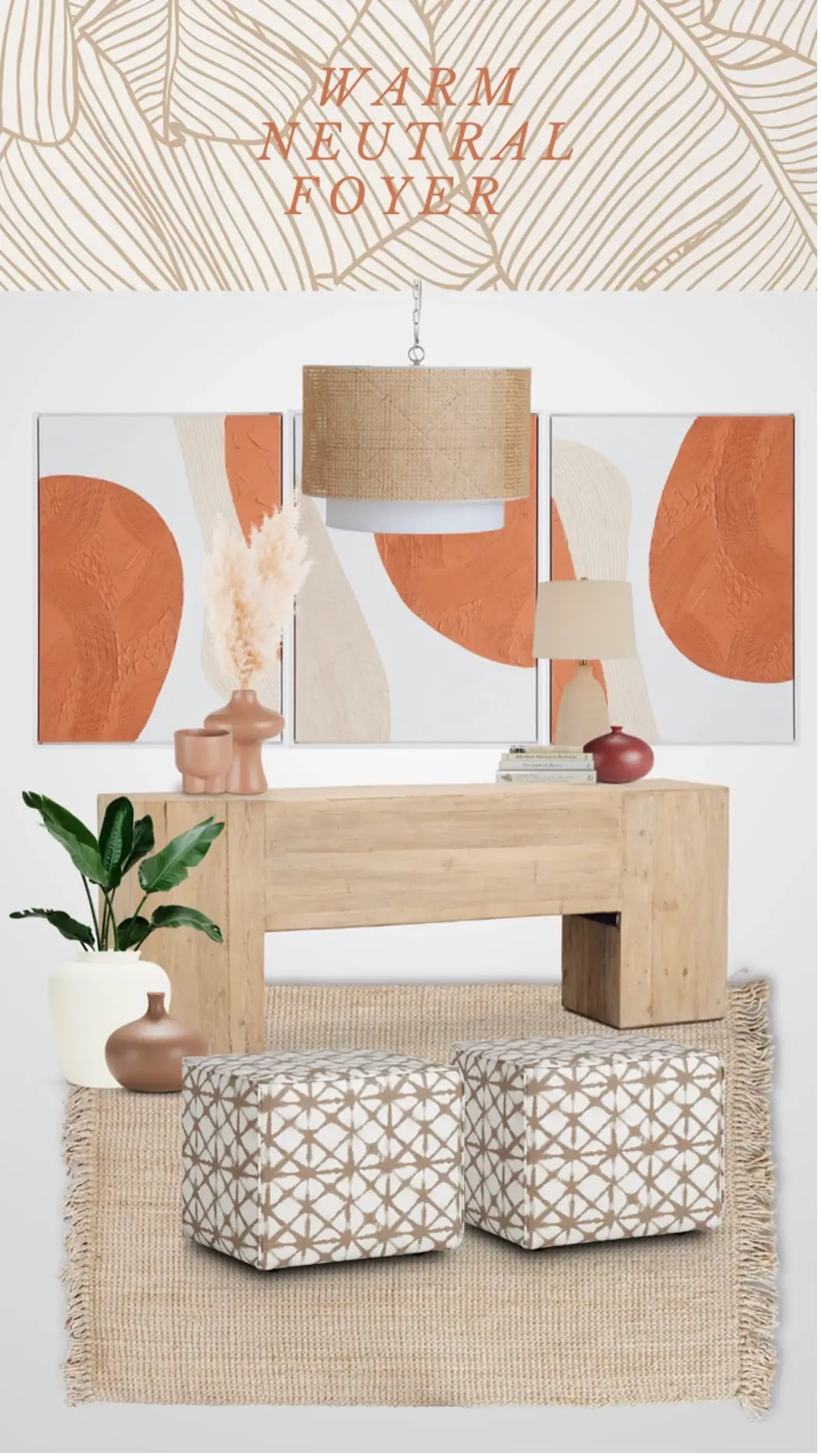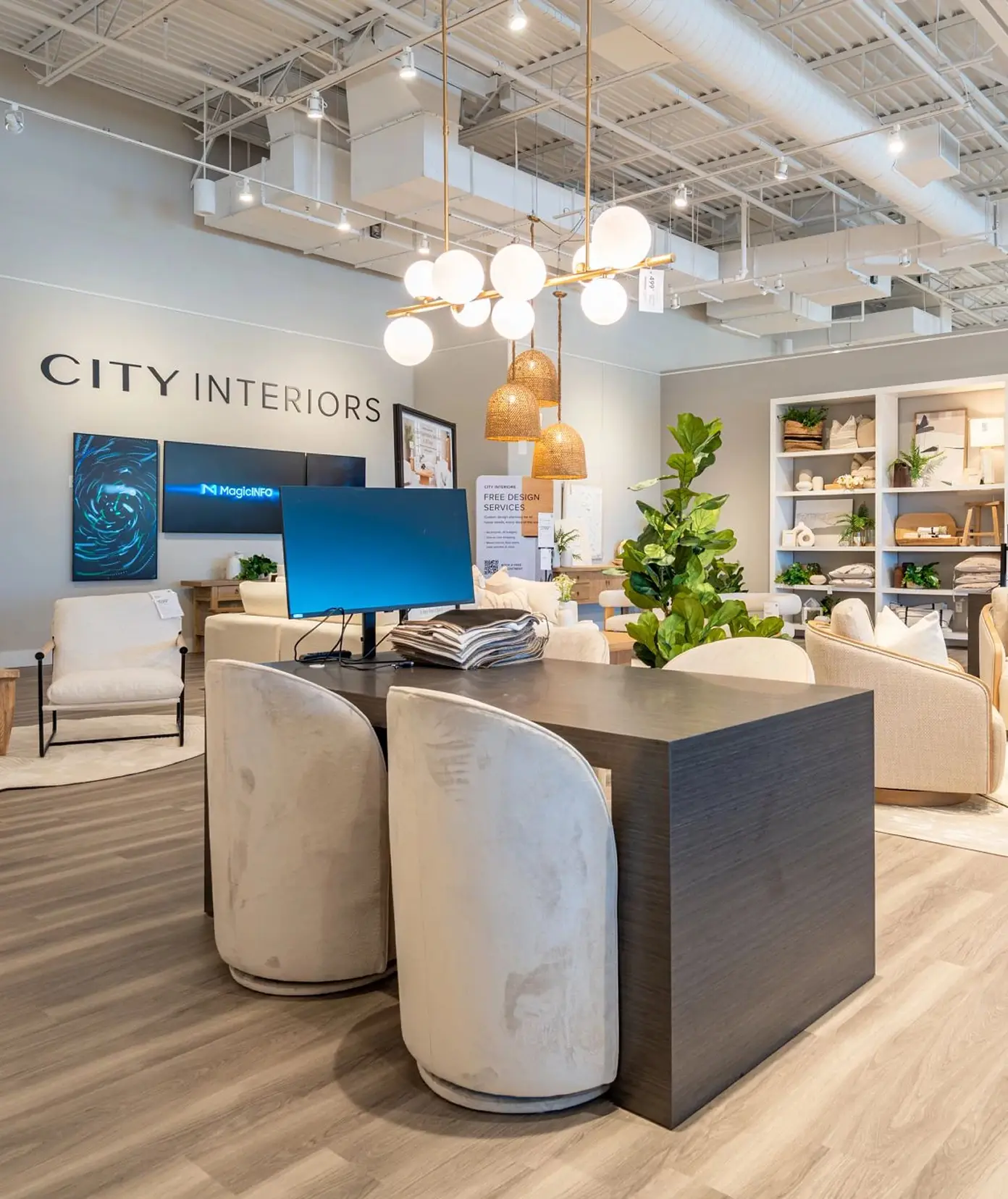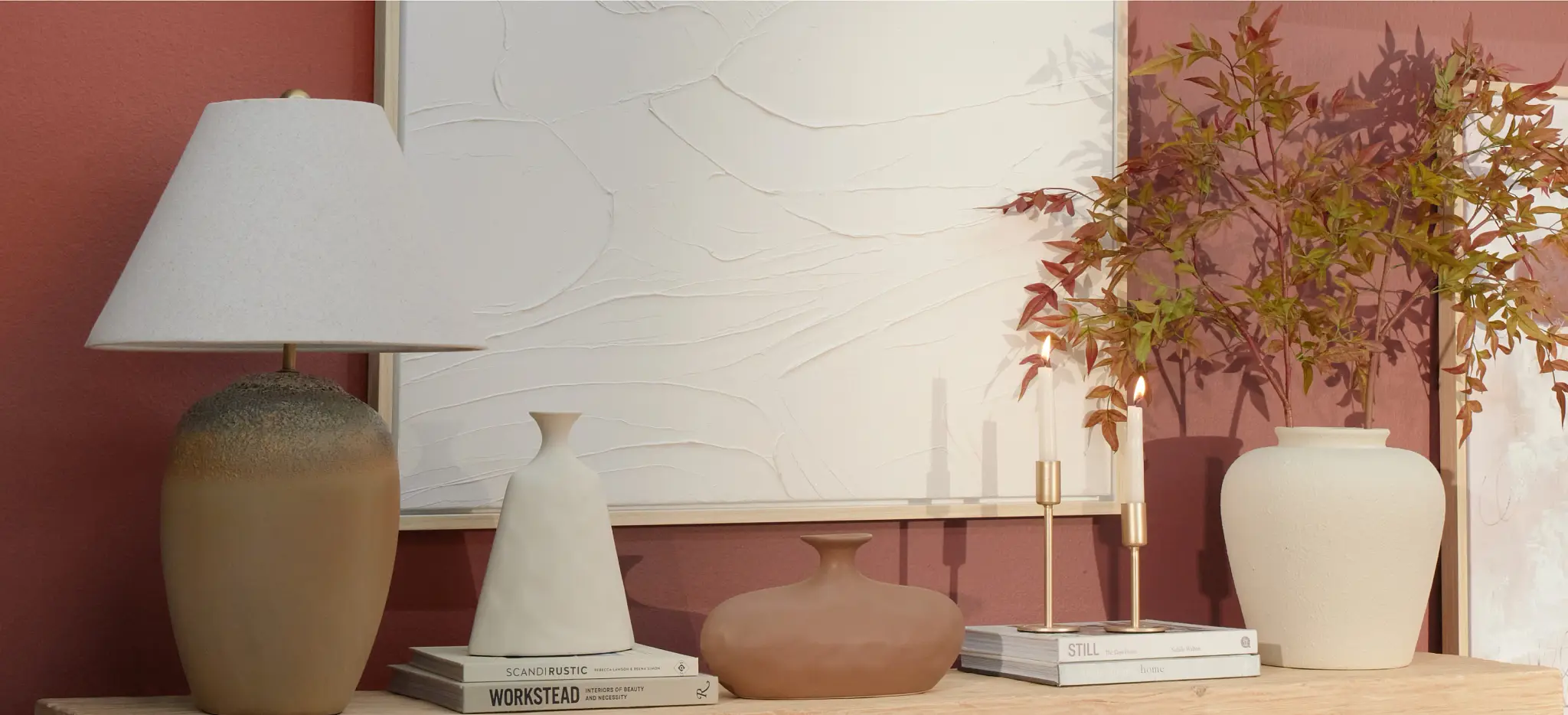
Designer Maria Wilkinson
The Six Warm Hues: Understanding Their Emotional Impact on Your Well-being
Create the cozy world of warm neutrals in your home. Learn from a designer on how shades from creamy beige to vibrant terracotta can effortlessly elevate your interiors, turning any space into a snug and inviting sanctuary. Get inspired with Designer Maria Wilkinson.
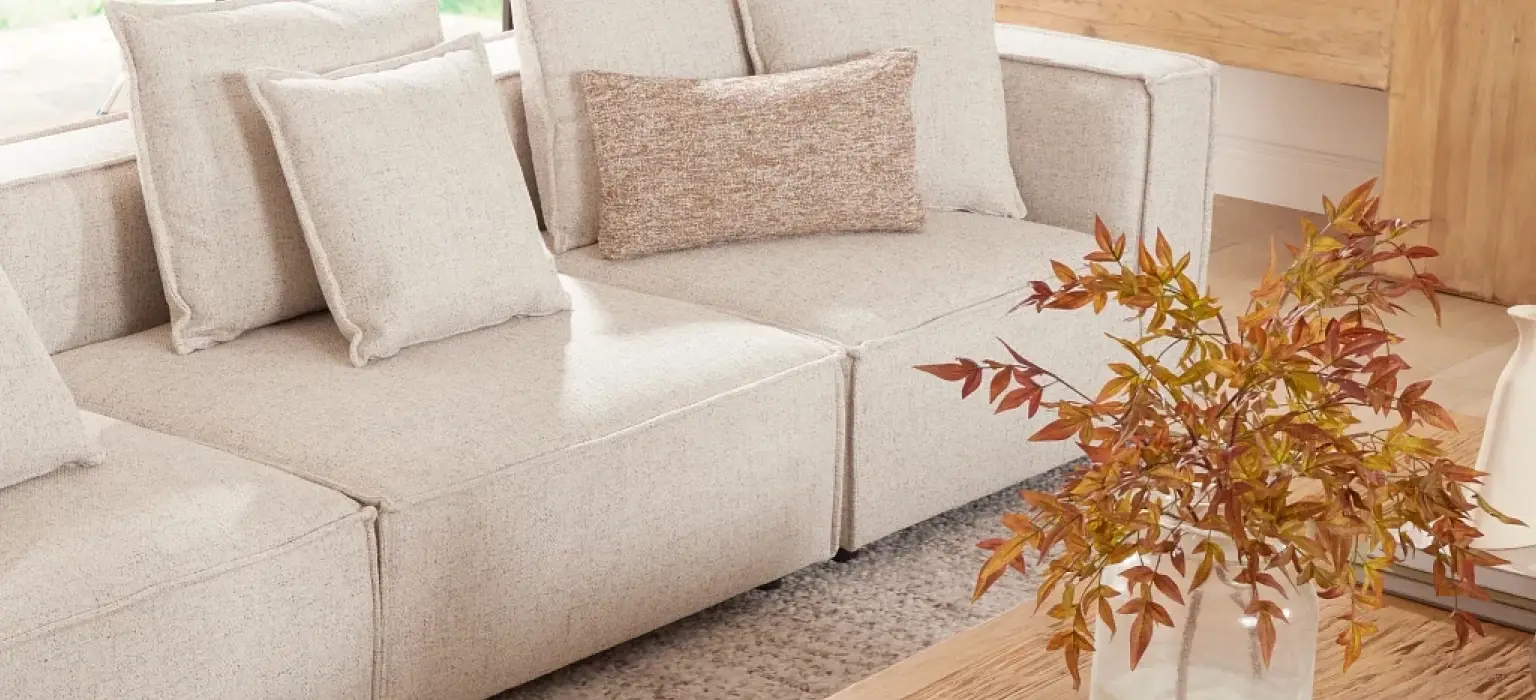
Warm hues
Warm colors: red, yellow, orange, gold, beige, creamy neutrals, brown and tan.
Joyful hues are usually considered to be bright, warm shades such as yellow, orange, pink and red, as well as lighter pastels, like peach, soft pink and lilac. The more vivid and luminous the color, the happier and more optimistic it can make you feel.
Red, orange and yellow are all warm colors and are generally thought to evoke feelings of happiness, optimism, energy and passion. The sunny hues of yellow sunshine might lift your spirits, whereas the allure of red roses might ignite romantic sentiments.
What are warm neutral tones?
Warm neutrals exist on a color spectrum from the palest beige tone to richer yellows with hints of mustard and terracotta.
Nature-inspired earthy tones, such as beige and brown, promote calm and tranquility in the home and can create a real sense of comfort.
Base colors, such as tones of white, black, gray and beige, provide the perfect foundation for a warm, neutral-toned color palette.
Introducing elegant shades like oatmeal, mushroom and clay does particularly well in a home filled with greenery, raw materials, plenty of wood and a flood of natural light.
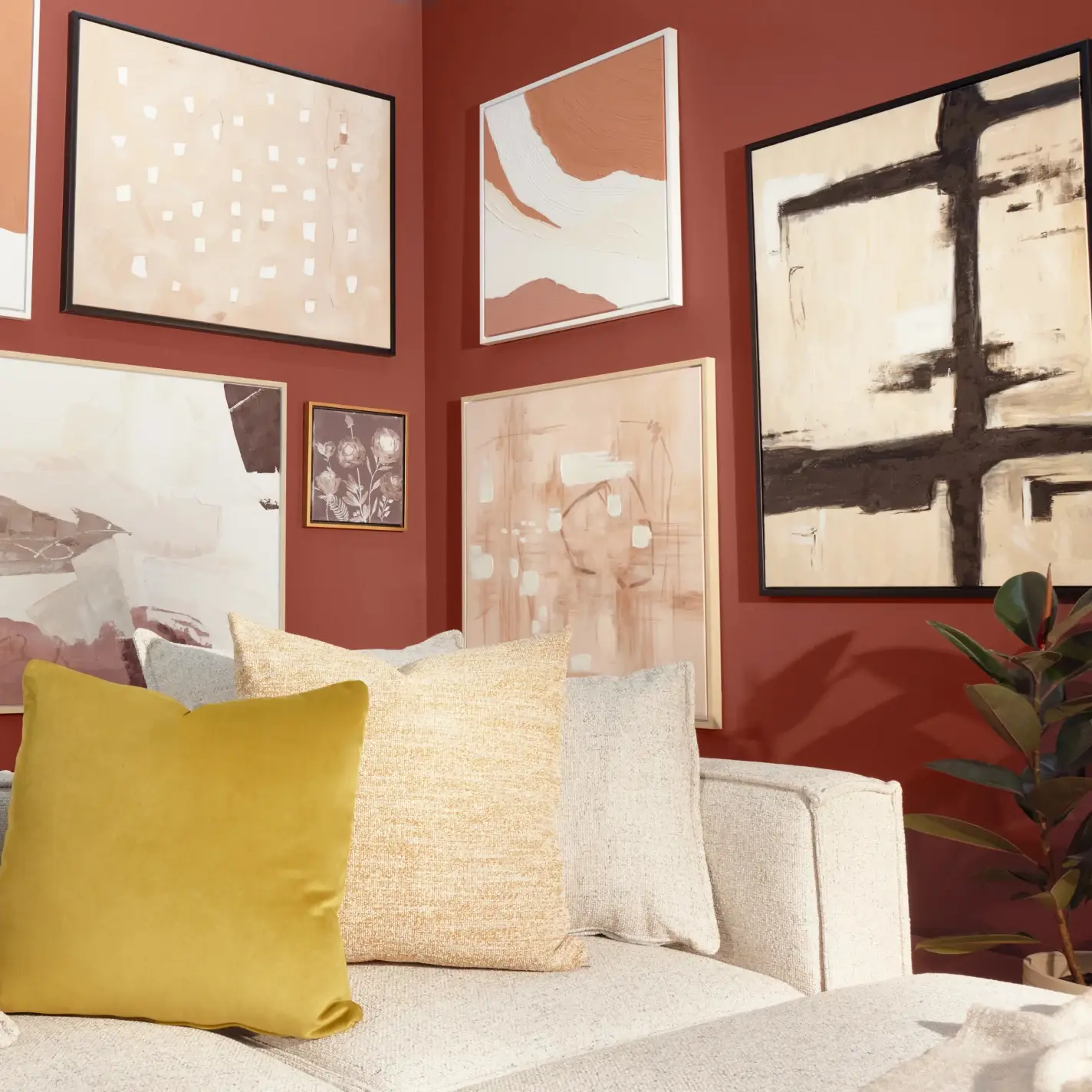
Warm Neutral Palettes for Home
Pair warm shades like terracotta, rust, and ochre with cream and beige to create a welcoming and cozy atmosphere.
One of the benefits of these new neutrals is their versatility; they are perfect for adding a level of warmth and for creating a friendly, cozy, light and inviting atmosphere throughout the home.
Mustard yellows and rich browns are earthy colors that help ground a space. In turn, they mute both natural and artificial light, giving the room a warmer, more cocooned atmosphere.
Additionally, add softness with green plants, natural linen, or velvet for a luxurious feel.
How Can I Add Warmth To A Room?
Feature color tones that occur naturally in nature, such as browns, greens, grays, and golds. Modern spaces can sometimes feel cold and uninviting; using these warmer color tones can create a more soothing atmosphere.
Feature a textured area rug to bring everything together. When deciding on a new rug, a neutral rug with texture and warm accents can give the space more dimension.
Use warm-toned woods and finishes. Wood is considered to have a warm undertone. Adding different tones of wood - by incorporating an accent piece, server, or credenza into your space - is a way to introduce warm tones and textures.
Layer your accessories to add depth and personality. Consider grouping accessories in sets of two, three, or even five for a dynamic look.
Consider your lighting options to add softness to the space. Just like candles, lamps can contribute to a warm ambiance. Dimmable lights can also create warmth.
Bring Your Dream Home to Life with CITY Interiors
At CITY Interiors, creating a home that perfectly reflects your style, needs, and budget is our ultimate goal. From selecting modern home furnishings and planning functional home furniture setups to offering personalized interior decorating help, our team of interior designers is committed to guiding you every step of the way.
To make the process even easier, we offer free design services—both in-store and online—so you can visualize your space and get expert guidance without any added cost. Our 3D Room Planner lets you experiment with layouts, colors, and furniture choices before making a purchase, ensuring that your home turns out exactly the way you imagined.
And with fast shipping on all our products, you can enjoy your newly designed space sooner, without long waits or delays. CITY Interiors is here to provide a seamless, stress-free experience, combining style, functionality, and convenience in every project.
Whether you’re furnishing a cozy apartment, upgrading a family home, or designing a luxury estate, CITY Interiors makes it simple to transform your vision into reality. Partner with us today and see how easy, enjoyable, and rewarding interior design services can be—because your dream home is just a plan away.
